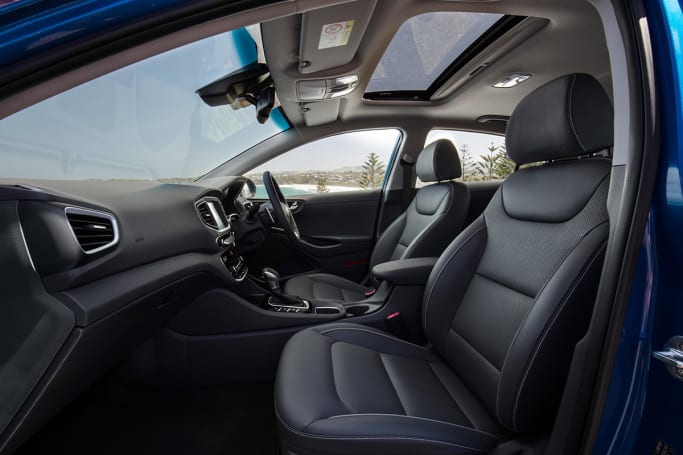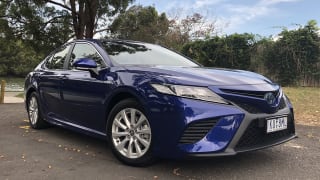Well, that remains something of a mystery for now. Hyundai is in the midst of what it’s calling a “soft launch” - a kind of toe-dipping exercise to gauge pubic and government interest in its Ioniq range, which includes the hybrid we’ve driven here, as well as a plug-in hybrid, and a full-electric model.
So far, there are just 42 cars in the country, all of which have been placed with Hyundai’s fleet customers ahead of a full-scale launch around August. The brand has confirmed, though, that all three versions of the Ioniq will be landing in Australia.
So far, Hyundai is keeping a lid on specific pricing, but the smart money is on a circa-$31k starting point for the hybrid range, adding dollars as you change to plug-in or full-EV models.

Our test car, a Hybrid Premium (which will likely sit above a cheaper, entry-level hybrid), arrived ferociously well-equipped. Outside, think dusk sensing bi-xenon headlights with LED DRLs, courtesy and puddle lights, automatic wipers and a smart key with proximity unlocking. Inside, there’s dual-zone climate, navigation, a huge sunroof, and leather seats that are both heated and cooled in the front.
Tech duties are handled by an Apple CarPlay/Android Auto-equipped 8.0-inch (and split-screen) touchscreen that pairs with an eight-speaker stereo.















